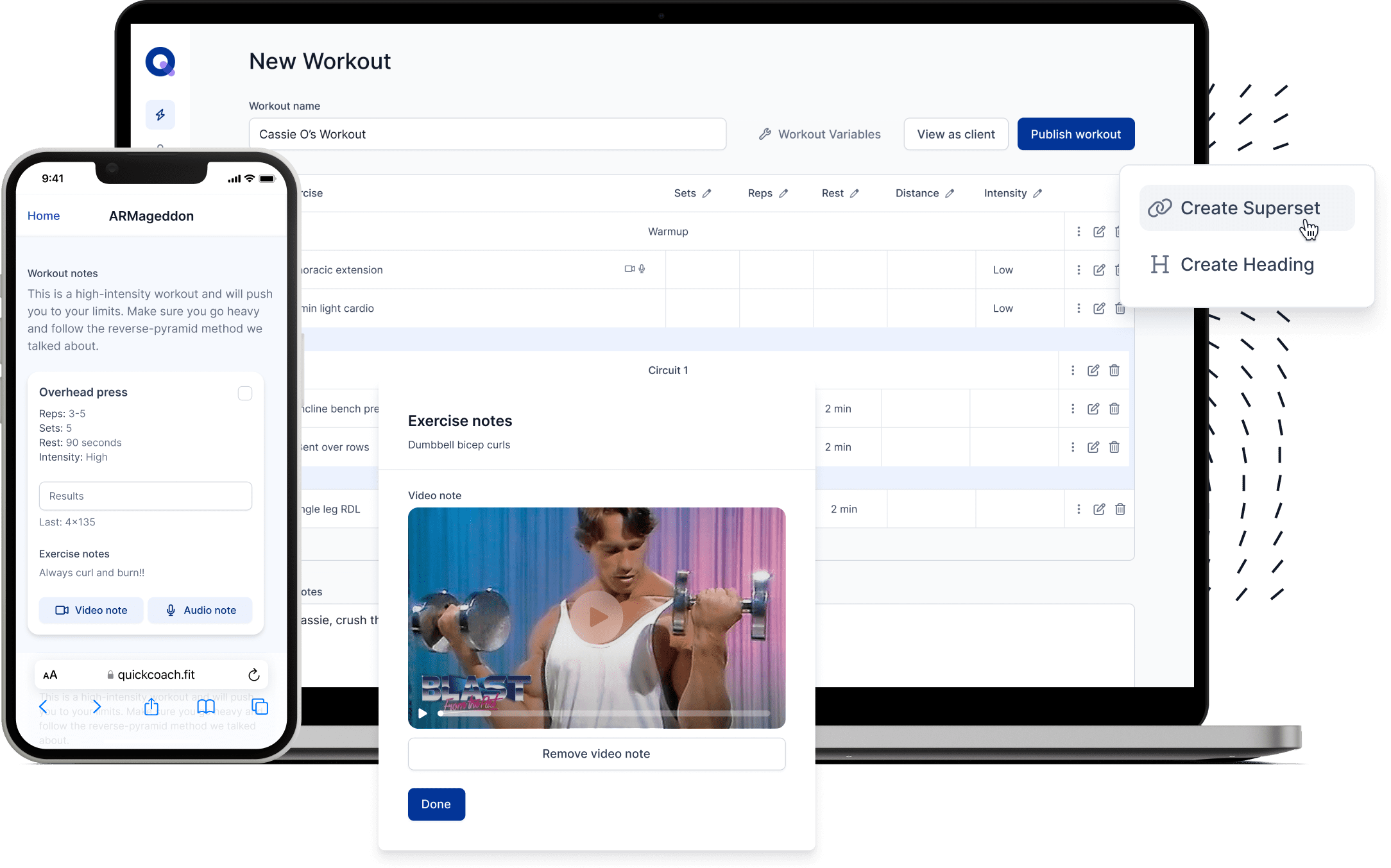Clients who need corrective exercises don’t always want to do them. Here’s how to get them to “take their medicine” without them even noticing.
Programming for Prehab / Corrective

5-Reps Friday

All posts in "Programming for Prehab / Corrective"
When hernias, carpal tunnel, and joint pain limit what your clients can do, use these adjustments to give them a great workout anyway
Dead bugs, bird dogs, and glute bridges are almost always done wrong. But before you can teach the right form, you have to understand why you’re doing them in the first place.
Trainers who avoid using machines, and gym owners who scrap them altogether, are doing a disservice to their clients.
Almost every expert has a different approach to working the crucial mid-body muscles. Here’s a system that works for clients at every level, from complete beginners to elite athletes.
When someone in your bootcamp or training group is limited by lower-back, shoulder, or knee pain, here are 15 creative ways to modify the program without compromising results.
Over half of the patients that Dr. Stuart McGill sees were injured by improper personal training. The following article debunks long-held myths to help you keep clients pain free.
The next time you’re coaching the squat, follow these five strategies to help eliminate and prevent pain.
Coach Eric Cressey shares the three surprising lessons about exercise contraindications that he learned from his own injured shoulder.
There are more than 43 million adults ages 65 or older. Want to tap into these massive, growing market? You absolutely must first do these three movement assessments.







